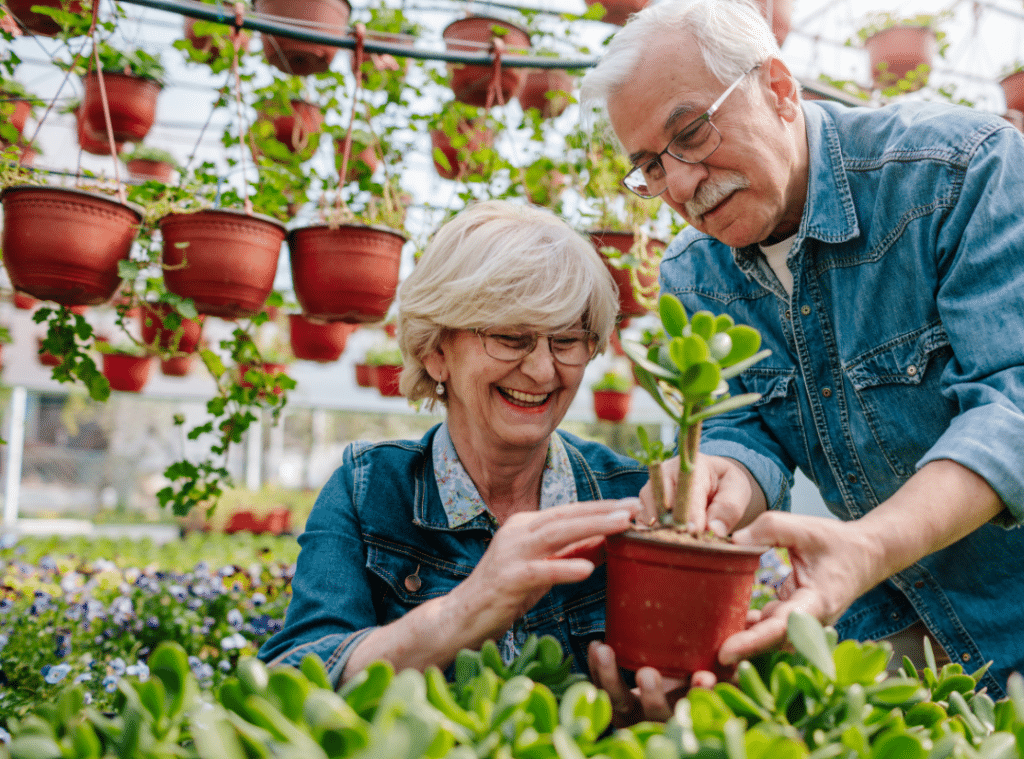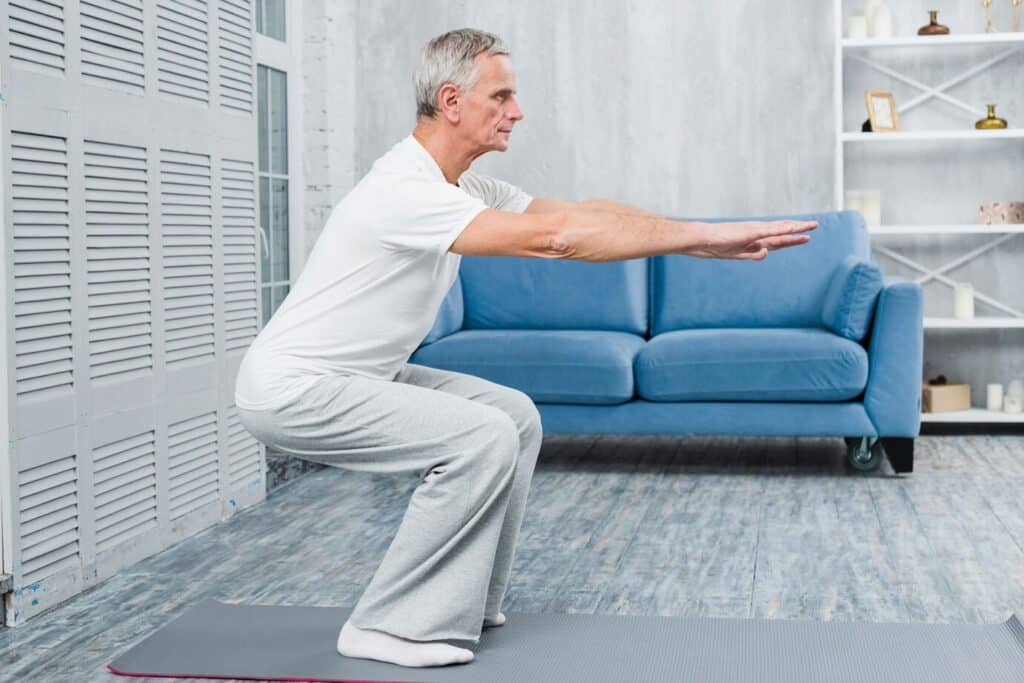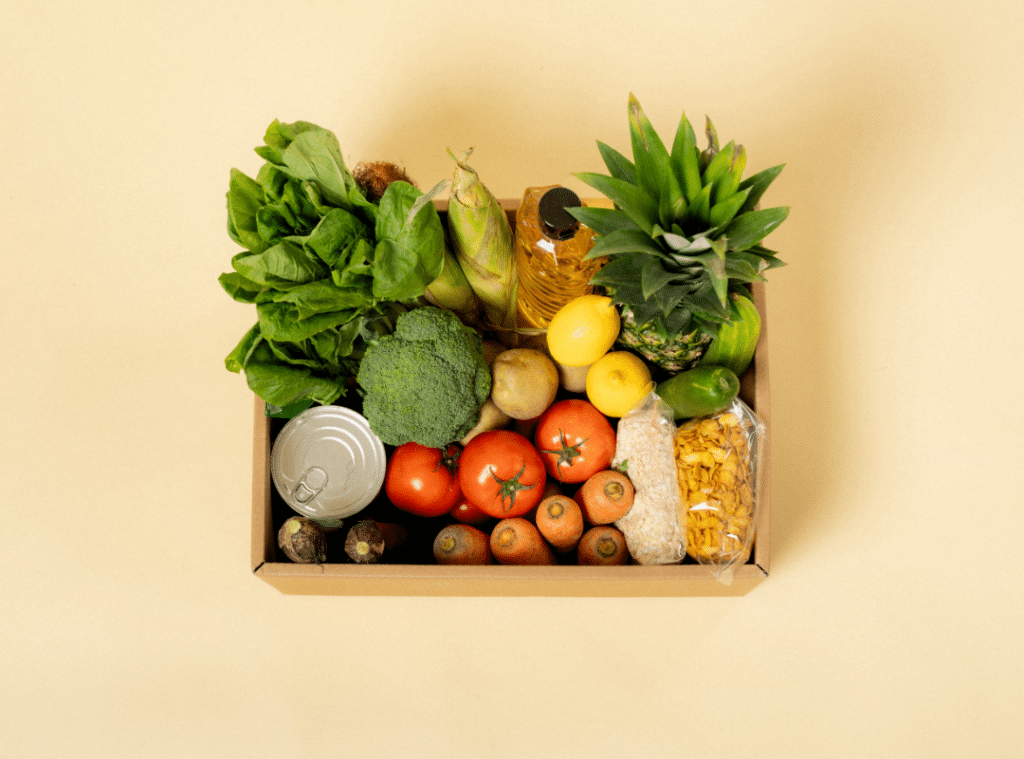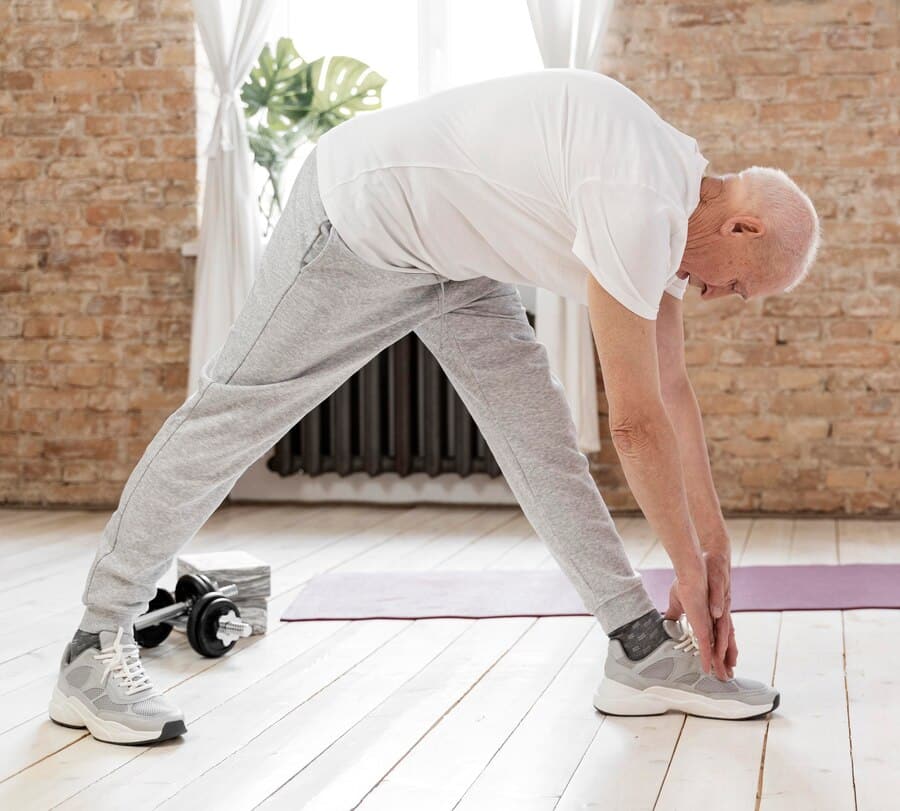Gardening Tips for Seniors to Stay Active and Joyful
Gardening isn’t just a hobby—it’s a path to wellness for older adults. At Westmont of Culver City, we know that with the proper techniques, tools, and mindset, this pastime can become a source of joy, connection, and gentle physical activity.
Let’s explore essential gardening tips for seniors that make staying active while nurturing the life around you more manageable and enjoyable.
Gardening Made Easy for Seniors at Any Age
At any stage of life, connecting with nature offers profound rewards. Gardening made easy for seniors begins with minor adjustments like selecting ergonomic tools, working during more extraordinary times of day, and focusing on manageable garden areas. These thoughtful changes help keep the activity enjoyable while promoting daily movement and stress relief. Whether you’re planting herbs or flowers, this hobby provides a valuable routine that supports emotional and physical well-being. It’s a gentle way to stay strong and present. Read more on how gardening supports proactive social wellness and fosters meaningful connections.
Smart Choices in Elderly Gardening Tools
To make gardening safer and more comfortable, using elderly gardening tools is essential. Look for tools with soft grips and long handles to reduce strain on your back, wrists, and knees. These tools help you stay independent while working with ease. Raised beds also pair well with these tools, allowing you to enjoy your garden without kneeling or bending. Incorporating these aids transforms gardening into a genuinely accessible hobby that enhances mobility and confidence. As highlighted in our fall prevention tips, maintaining balance while being active is key to your long-term health.
Gardening Tools for Seniors With Arthritis
For those managing joint discomfort, gardening tools for seniors with arthritis are game changers. These include lightweight tools with cushioned grips, loop-handled pruners, and ergonomic trowels designed to reduce pressure on the hands. The right equipment helps you stay engaged without pain or fatigue. Combine this with raised beds and seating options, and you’ll find gardening easier to enjoy despite arthritis. Adding nutritious meals from your garden also supports joint health and overall wellness, giving your hobby even more purpose.
Outdoor Gardening Tips for Seniors With Limited Space
Even with limited yard space, plenty of outdoor gardening tips for seniors can help you create a vibrant garden. Use container gardens or vertical planters to grow herbs and flowers on patios or balconies. Choose low-maintenance plants that flourish with minimal care, such as lavender, sedum, or ornamental grasses. These plants are visually stunning and require less hands-on effort. A thoughtful layout with safe walkways and shade access ensures that outdoor gardening remains safe, enjoyable, and rejuvenating. Spending time outdoors also provides the physical and mental benefits of nature exposure.
Indoor Gardening Tips for Seniors to Stay Engaged
Not all gardens require a backyard. Indoor gardening tips for seniors can help you stay connected with nature, even inside your home. Windowsill herb gardens, potted succulents, and tabletop planters are easy to maintain and offer therapeutic benefits. Bright, sunny rooms can host vibrant blooms that bring joy daily. Watering routines and small tasks like pruning or rotating pots keep your mind active while giving you a gentle daily purpose. These simple additions can liven up any indoor space and uplift your mood throughout the seasons.
Vegetable Gardening Tips for Seniors Growing at Home
Homegrown produce is as rewarding as it is nutritious. With some guidance, vegetable gardening tips for seniors can make planting and harvesting easier than ever. Start with easy crops like tomatoes, green beans, or lettuce, which thrive in containers and don’t require excessive care. Place planters at waist height or use elevated garden boxes to make harvesting comfortable. The process of growing your food not only supports healthy eating habits but also promotes physical activity and mental focus. Sharing your harvest with neighbors or friends adds even more joy to the experience.
Community Support Makes Gardening More Meaningful
Participating in gardening within your community brings more than plants to life—it grows relationships. Whether you’re part of a local garden club or sharing herbs with neighbors, these interactions provide meaningful support and purpose. Gardening together fosters a sense of belonging and mutual encouragement. Social gardens or volunteer planting projects can be deeply fulfilling. For those seeking social connections, community engagement like this reinforces emotional well-being while nurturing shared spaces.
Choosing Safe Tools and Designs for Longevity
Creating a garden setup that works for your body is key. Prioritize easy access with wide walkways, stable seating, and table-height containers. Use gardening tools for seniors with arthritis or other mobility considerations to reduce physical strain. These design adjustments ensure that gardening remains an activity you can enjoy for years. Remember, it’s not about the size of your garden—it’s about how comfortably and safely you can maintain it.
Mindful Gardening Encourages Positive Aging
Approach gardening with a gentle mindset. Focus on small victories, like a new sprout or a freshly pruned plant. Practicing patience, gratitude, and presence while you work with your hands creates meditative moments that boost mental clarity. Set simple goals each week and allow yourself to rest often. This approach reduces stress and improves mood, helping you savor each moment outdoors or at your windowsill garden.
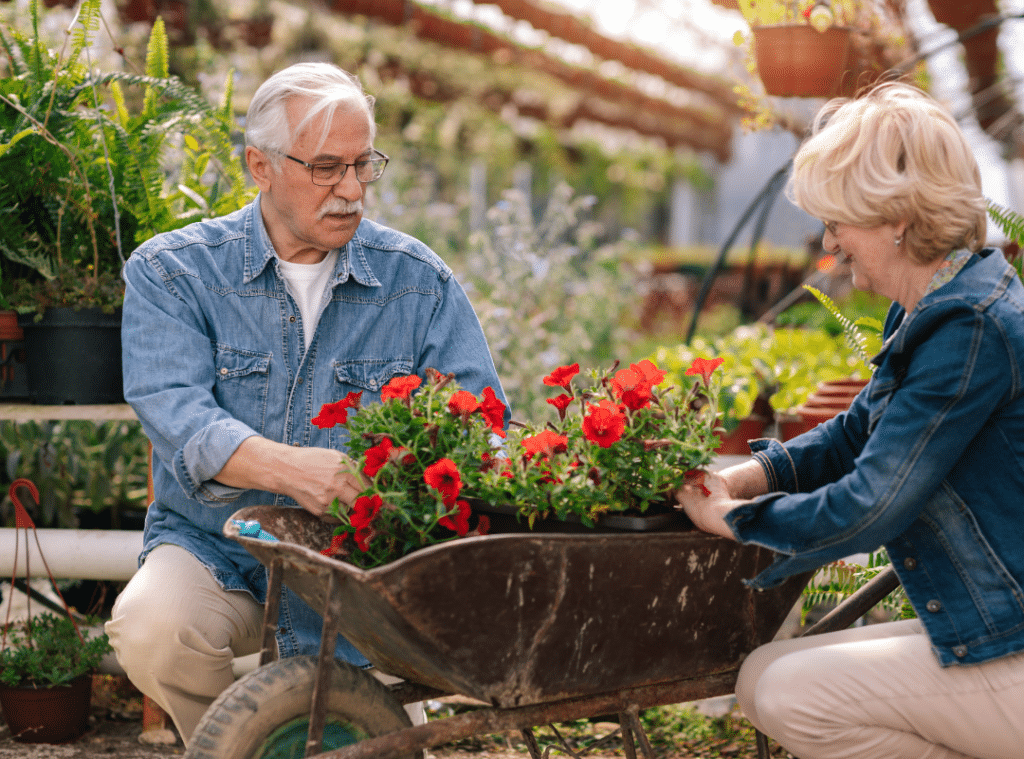
Build Lasting Joy With Gardening Tips for Seniors
When you combine comfort, creativity, and community, gardening becomes more than just a hobby—a source of resilience and happiness. With the right gardening tips for seniors, plus using tools like elderly gardening tools or raised beds, you can enjoy your garden easily. Whether exploring vegetable gardening tips for seniors or experimenting with indoor gardening tips for seniors; each small effort helps you thrive. You deserve to continue growing, one bloom at a time. For more information or support, contact us at 310-736-4118.
How Do The Costs Of Moving Into A Quality Senior Care Community Compare With The Costs Of Staying At Home?Compare The Costs of Senior Living vs Staying at Home
Frequently Asked Questions
What is the gardening 3-year rule?
The 3-year gardening rule suggests a garden takes about three years to thrive. In the first year, plants “sleep” as they establish roots; in the second year, they “creep” as they begin to grow; and by the third year, they “leap” with whole, healthy growth. This rule encourages patience and realistic expectations for new gardeners.
What type of garden is easiest for elderly people to use?
Raised bed gardens are often the easiest for elderly people to use because they reduce the need for bending and kneeling. Container gardens and vertical planters are also helpful, as they allow for gardening at a comfortable height. These options improve accessibility and make maintaining plants safely and comfortably easier.
How to help old people garden?
To help older adults garden, offer tools with ergonomic handles, raised beds, and lightweight equipment. Ensure the garden area has seating, shade, and easy access to water. Providing assistance with heavy tasks and encouraging safe pacing can make gardening enjoyable and manageable for seniors.
What is the most popular home gardening method?
Container gardening is one of the most popular home gardening methods, especially for small spaces or patios. It allows gardeners to grow flowers, herbs, and vegetables in pots or planters, making it flexible and easy to maintain. Raised bed gardening is also widely used for its convenience and soil control.



